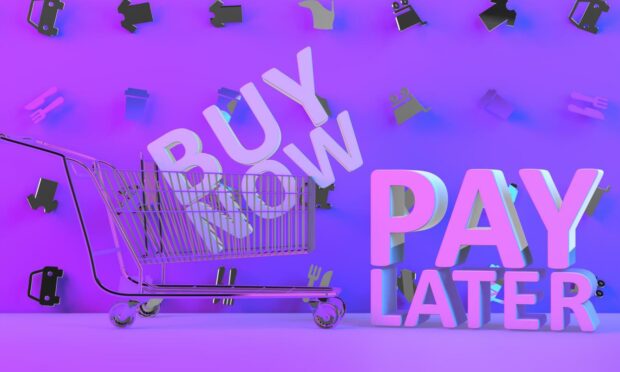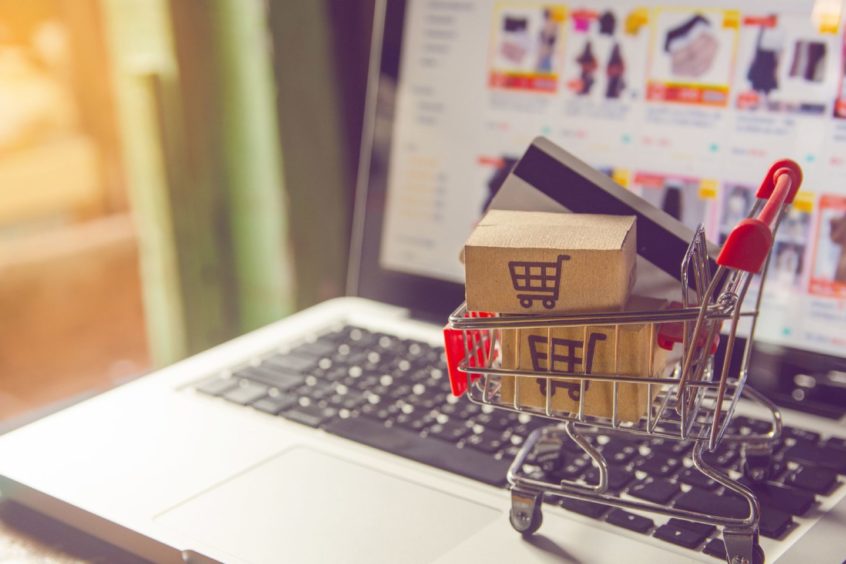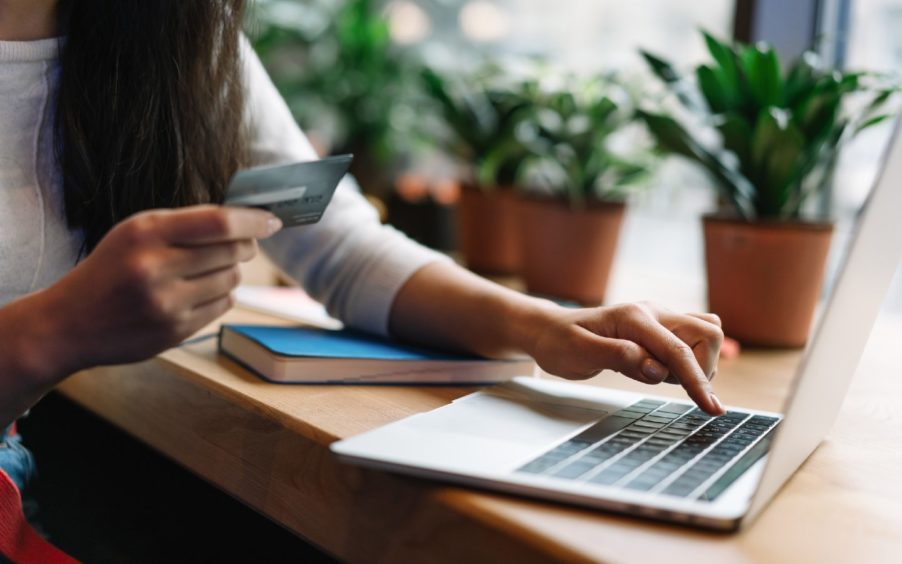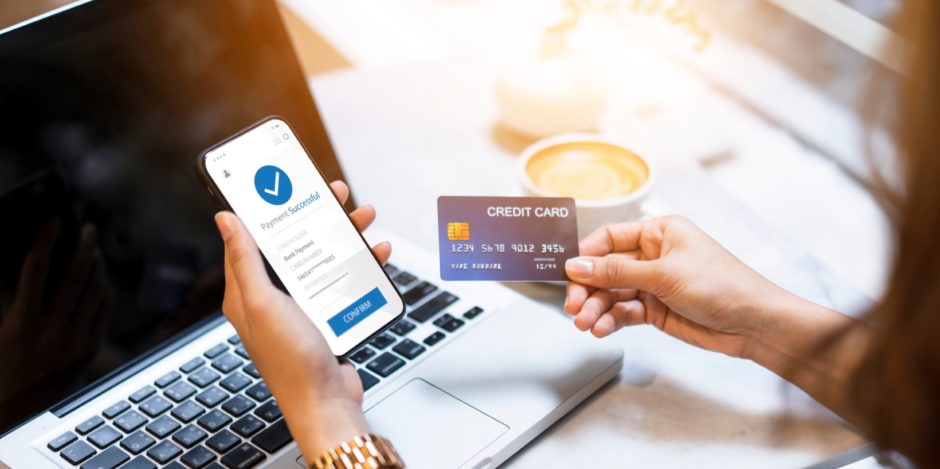Rapid growth of buy now, pay later (BNPL) services during the pandemic and their popularity among people facing financial challenges reinforces the need for “robust regulation” of the sector, according to Which?.
The consumer group said marketing and media portrayals had created a stereotype of the typical user – young women in their early twenties keeping up with the latest fashions by spreading the cost of their purchases, interest-free.
But a new Which? report, including in-depth profiling of typical users of BNPL providers such as Klarna, Clearpay, Openpay UK and Laybuy, reveals this portrayal is not the whole truth.
Which? estimates that one-third (33%) of the UK adult population have taken advantage of BNPL. While it is true that older consumers are less likely to have used it, these services are not just being used by young people to keep up with fashion trends.
Some people are using BNPL to access credit at stressful and challenging times in their life and may be experiencing harmful consequences as a result, the study revealed.
Respondents aged 39 or younger were more likely to report having missed a BNPL repayment, while three-quarters of those who had missed a payment had experienced a challenging life event during the past year.
Which? analysis suggests those with dependent children are 71% more likely to have used BNPL.
Having a household income of between £10,000 and £50,000 increases the odds someone will have used it by half (50%), compared with someone who has a household income of less than £10,000. Households earning more than £50,000 are a further 14% more likely to have used it.
Our research challenges the stereotype of buy now, pay later… and shows it is also popular with more affluent consumers, people with families and those who are facing financially challenging times.”
Rocio Concha, Which?
Missing a credit repayment or bill or experiencing a major life event – such as getting married, having a baby, moving home or being made redundant – increases the odds of using BNPL by around one-third (38% and 35% respectively).
What are buy now, pay later purchases?
BNPN usage has grown rapidly during the pandemic as consumers turned to online shopping during lockdowns. Two in five (42%) of survey respondents who have used BNPL have done so during the past year.
More than one-quarter (26%) of those who have used BNPL during the past year have a pessimistic view of being able to cover an unexpected expense of about £500 using credit. This compares with about one-fifth (18%) of the general population.
According to Which?, this raises concerns about the rigour of BNPL firms’ affordability and credit checks and risks giving people a false sense of security about their finances.
Which? policy and advocacy director Rocio Concha said: “Our research challenges the stereotype of buy now, pay later… and shows it is also popular with more affluent consumers, people with families and those who are facing financially challenging times.
“Our findings raise concerns that buy now, pay later users might not be fully aware of the financial commitment they are signing up to – putting them at risk of accumulating a big debt.
“There should be no further delay to plans for regulation, which should include much greater marketing transparency, information about the risks of missed payments and credit checks before consumers are cleared to use buy now, pay later providers.”
Which? surveyed 15,008 UK consumers. Its report is available here.
Alex Marsh, head of Klarna UK, said: “We conduct eligibility assessments, which include soft credit checks, every time someone uses Klarna, unlike credit card firms who check annually at best.
“We welcome proportionate regulation of BNPL products that deliver better outcomes for consumers, while preserving consumer choice, competition and innovation.”
‘Responsible spending’
A Clearpay spokesperson said: “Unlike many BNPL providers on the market, Clearpay enables responsible spending and our inbuilt protections mean that customers cannot continue to accrue debt or fall into a revolving debt trap. We do not sell debt or charge interest, late fees are capped, and we automatically pause an account if a single payment is late.”
Openpay UK managing director Andy Harding said: “All credit products need to be used responsibly which is one of the reasons why we ask customers to make the first payment upfront.
“Openpay has been working with the Financial Conduct Authority to help ensure that any further regulatory measures for the BNPL sector help ensure consumer choice, product innovation and strong consumer protections.”
And Gary Rohloff, co-founder and managing director of Laybuy, said: “Not all providers are the same. For example, with Laybuy, we are the only provider in the UK to conduct hard credit checks on customers.
“That means we check a customer’s creditworthiness and we typically reject around 25% of people applying to use Laybuy. Our customers on average are around 33 and spend £65 per transaction.”
Schools across the north-east benefit from some expert financial education
Loyal policyholders won’t have to miss out on cheaper home and car insurance deals
Can you spot a scam? Tips to avoid being hooked by phishing fraudsters





